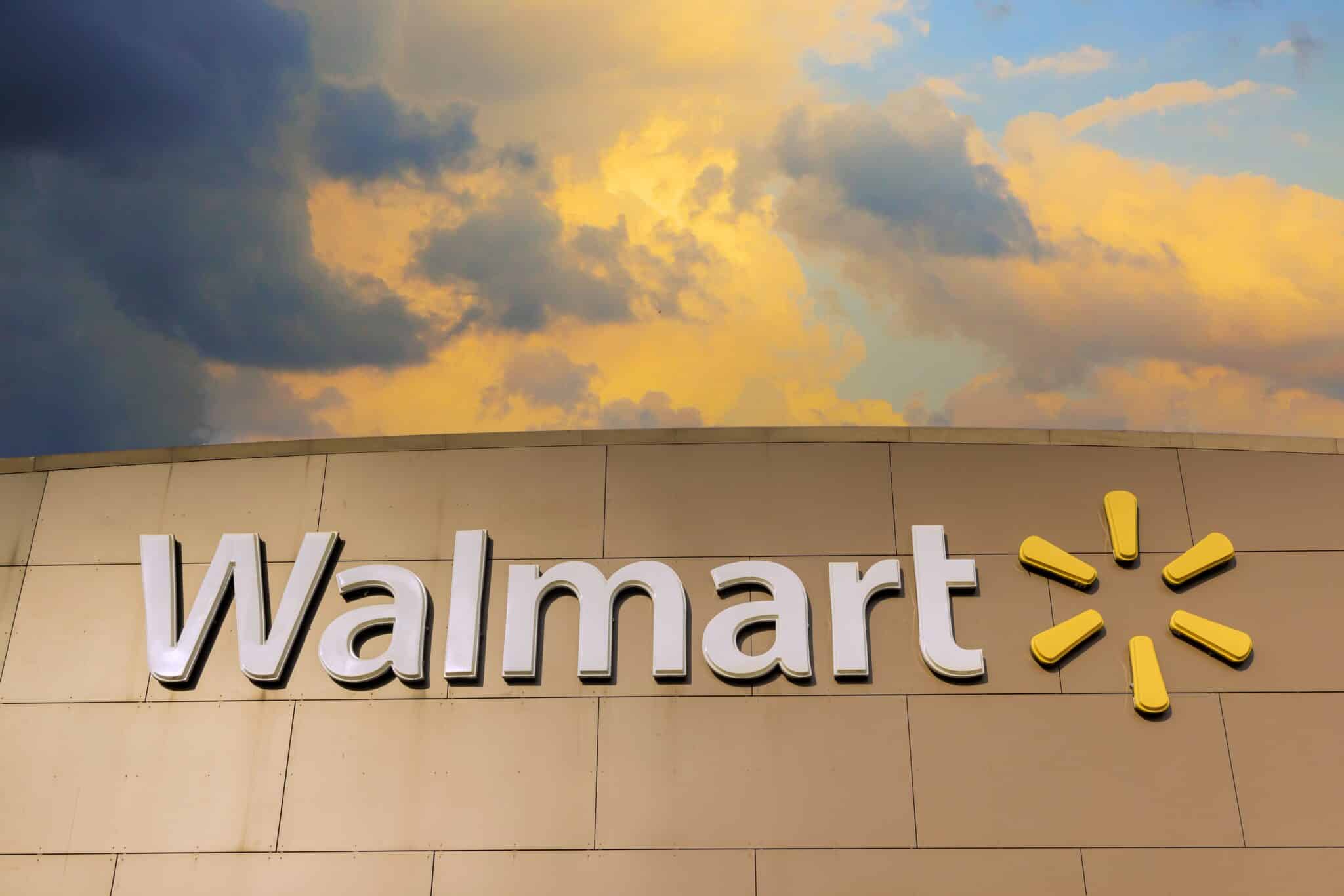
Walmart is the largest retail company in the world by revenue. It operates over 10,500 stores and clubs in 20 countries. 90% of Americans live within 12 minutes of a Walmart.
If you recently scored a purchased order (PO) from Walmart, congratulations! You must be super excited. But you may also be wondering how you’ll get the shipment there, what you can expect along the way, or how to maximize your success at this retailer.
Don’t worry. We’ve outlined everything you need to know about shipping to Walmart below!
Avoid Walmart Customer Pickup
In a customer pickup (CPU) arrangement with Walmart, Walmart handles picking up your order for you entirely. Suppliers enter this set up initially thinking it’s a huge relief to pass off coordinating shipping and everything that comes with it.
This is not always the case. Unfortunately, we’ve seen some of our customers get burned by CPU arrangements.
In addition to this, Walmart announced it would begin charging some suppliers new pickup and fuel fees in August 2022.
Customers who use Walmart’s customer pick-up (CPU) service are charged a fuel surcharge and a “collect pickup charge.” The collect pickup charge is calculated as a percentage of the cost of goods received by Walmart. The fuel surcharge is based on the cost of fuel to transport the goods.
“If you are a Walmart supplier relying on Walmart to arrange transportation, it’s time to get in touch,” said Zipline Logistics President and Co-Founder, Andrew Lynch. “Switching to delivered pricing with Zipline Logistics as your partner will be the lowest effort and highest return adjustment you make this year.”
Improve Walmart OTIF Performance
On January 31st, 2024 Walmart announced a change to its supplier OTIF (on-time, in-full) requirements via its Retail Link platform. Starting in 2020, 98% was the OTIF requirement. On February 1st, 2024, these requirements changed to 90% for on-time and 95% for in-full metrics.
The consequences of not meeting OTIF standards go beyond fumbled revenue for not having product on the shelf. Walmart employs a minimum three percent fine of the cost of goods sold for all orders that arrive outside their OTIF program’s confines. This adds up quick if a brand continually fails to deliver on-time or in-full.
In addition to these fines, brands that continually fail to meet OTIF standards are at risk of opening themselves up to involuntary sampling and damaging their retail relationships, hurting their chances to grow.
Shippers aiming to improve OTIF should align critical operational functions like production, transportation, and storage through insights gained from a visible supply chain.
Brands focused on delivering in full on a retailer’s requested delivery date will not only eliminate additional costs in retailer fines, but also bring in more gross profit by ensuring that their product is consistently present on store shelves.
To meet the newest OTIF standards at Walmart, it is critical that you work with a logistics solutions provider that understands complex delivery issues, has a reliable carrier network, and is equipped with technologically driven solutions that help you excel at retail logistics.
Understand Walmart Chargebacks
Retailers like Walmart recognize the competition for their shelf space and continue to up their expectations in return. Walmart, for example, requires suppliers must meet a 90% on-time rate to stay in compliance. It’s strict but still gives a 10% grace window.
That means if you’re shipping 5,000 units of a product, 500 of those units can arrive late or damaged without costing you anything. But that’s the cut off! Every unit falling outside the retailer’s good graces will cost the supplier 3% of the cost of goods sold.
How On-Time Delivery Impacts Gross Profit
As if late fines aren’t costly enough, consider the direct hit a company’s gross profit takes for not meeting OTIF.
| Annual Revenue | On-Time Delivery Performance | Gross Profit |
|---|---|---|
| $10 Million | 77% | $4,620,000 |
| $10 Million | 95% | $5,700,000 |
This example assumes a 60% gross profit margin.
The difference between sourcing an average broker to handle your freight (77%) and hitting the performance retail buyers expect (95% or better) is $1,080,000 in gross profit opportunity.
What would you do with one million extra dollars?
Here’s one idea. Most CPG companies allocate 7-9% of their gross profit to transportation spend. For a $10MM company, the amount of money mastering on-time delivery saves covers that expense ($700,000-$900,000) completely.
This point of view shows us logistics isn’t a cost center, but rather a profit driver when you trust the right partners.
Master Walmart Deliveries with Zipline Logistics
Successful CPG shippers are those that lean on a retail-specialized 3PL to consistently meet strict retail compliance requirements and eliminate out-of-stocks. Brands can grow their gross margin substantially just by increasing their on-time delivery performance to Zipline’s 95% average.
Big-box brokers focused on their bottom line won’t offer the same care, communication, or expertise Zipline Logistics promises on every shipment. We’d love the opportunity to prove ourselves to you just like we have with our biggest clients.